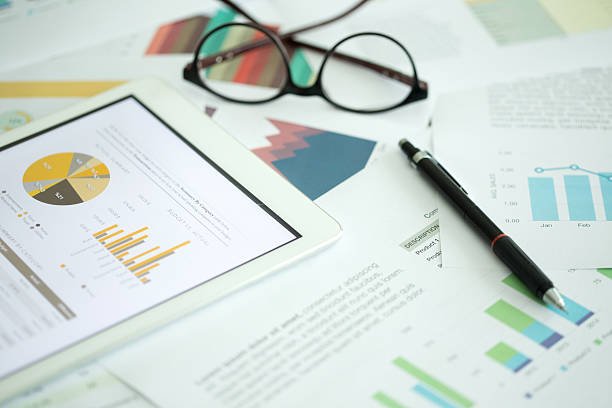How to Increase Hotel Revenue?
Actionable strategies for independent hotels, lodges, and guesthouses: pricing, calendar, and KPIs

In today’s increasingly fragmented hospitality market, increasing hotel revenue—whether for a lodge, guesthouse, or independent hotel—goes far beyond great reviews or a prime location. What really drives performance is strategic pricing management, smart calendar control, and data-driven KPI tracking.
Without these levers, even the best properties leave 25 to 45% of potential revenue untapped. On the other hand, those that leverage dynamic pricing and optimized occupancy often see significant gains without changing their product offering.
Why a high occupancy rate is not enough to increase hotel revenue
Many hoteliers focus solely on filling rooms. But a high occupancy rate doesn’t always mean higher profits. What really matters is RevPAR—Revenue per Available Room.
- Prices not aligned with actual demand
- Static calendar with little flexibility
- Lack of rate segmentation
Example: A guesthouse with 90% occupancy at €90/night is less profitable than one at 75% occupancy at €130/night.
Optimizing pricing: your most powerful lever to increase hotel revenue
Dynamic pricing is the cornerstone of effective revenue management. For independent hotels or lodges, this involves:
- Raising rates during local events and peak demand
- Strategic discounts on low-demand dates
- Tailored rates based on guest segments
Result: +32% monthly revenue within 90 days, observed across our client base.
Using your calendar as a revenue-boosting tool
Your calendar isn’t just a schedule—it’s a strategic tool for optimization:
- Increase minimum stay during high-demand periods
- Close out unprofitable dates or weekdays
- Target long stays or mid-week bookings with specific offers
Example: A lodge in Ardèche increased revenue by 19% over two months by targeting 3–5 night stays.
Track the right KPIs to sustainably increase hotel revenue
- RevPAR – Revenue per Available Room
- ADR – Average Daily Rate
- Rolling Occupancy Rate (7 / 30 days)
- Pickup – Daily booking pace
- Lead Time – Booking window
- Distribution Mix – Direct vs OTA sales
Tracking these metrics enables precise, fact-based revenue optimization.
Outsourcing revenue management: more profitable than doing it yourself
Managing your pricing and occupancy strategy alone takes time, tools, and expertise. By outsourcing to our team, you gain:
- Daily reactivity on your pricing and calendar
- Tailored strategies aligned with your goals
- A dedicated team—no stress, no hidden costs
+25% to +45% revenue increases typically observed in less than 6 months.
Conclusion
To increase the revenue of your hotel, lodge, or guesthouse, you need a well-rounded strategy: dynamic pricing, smart calendar use, and data-driven KPI monitoring.
👉 Curious about your revenue potential? Reach out to Rield for a free analysis of your earning opportunities. You can also explore our related article: Understanding Revenue Management for Hotels
FAQ
Does this also work for small properties (under 10 rooms)?
Absolutely. In fact, the impact is often even greater—each night booked has more weight on your overall performance.
Do I need to invest in software?
No. We manage everything for you. No extra tools or subscriptions required.
